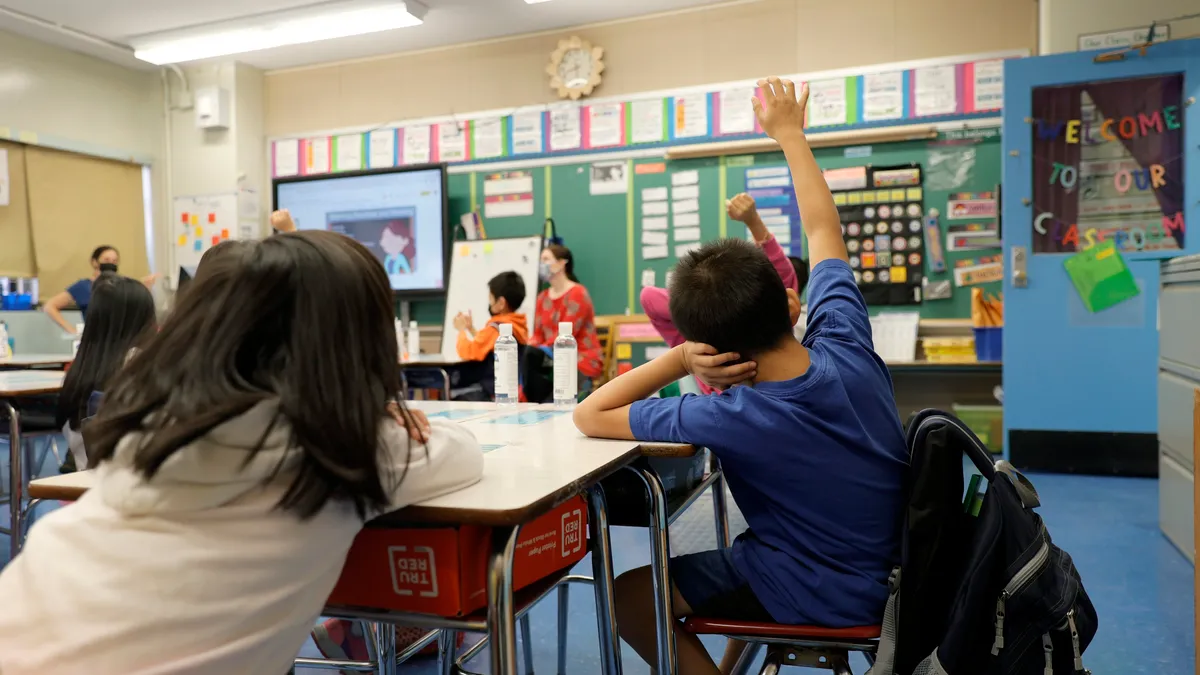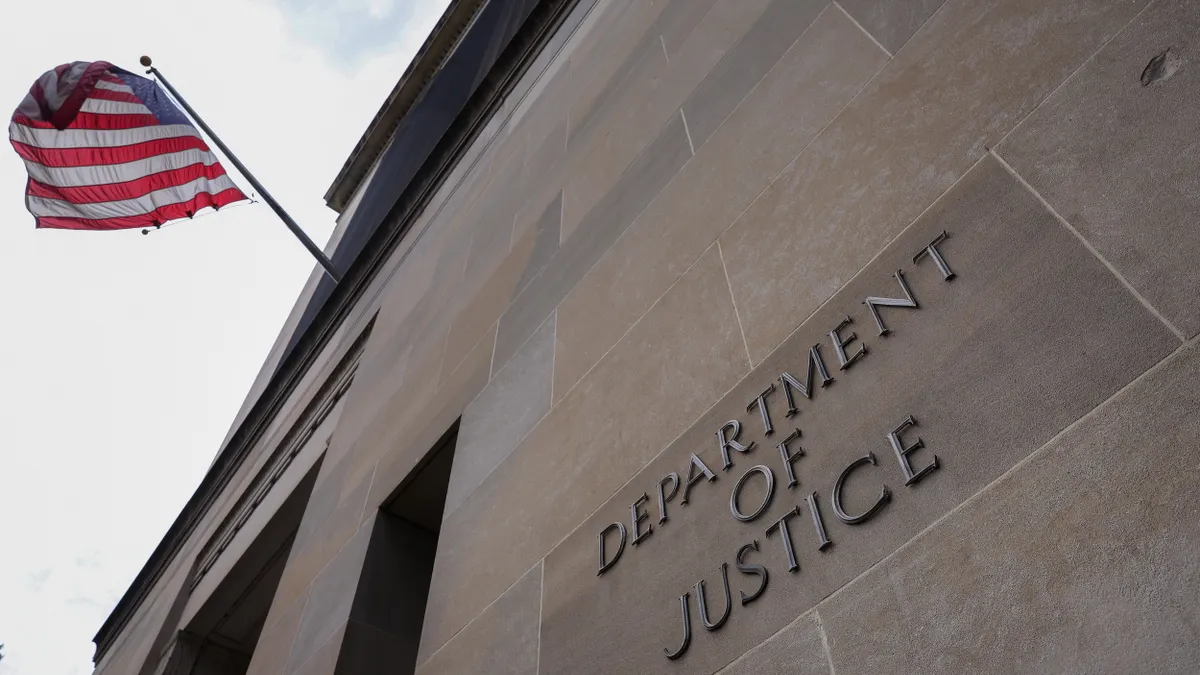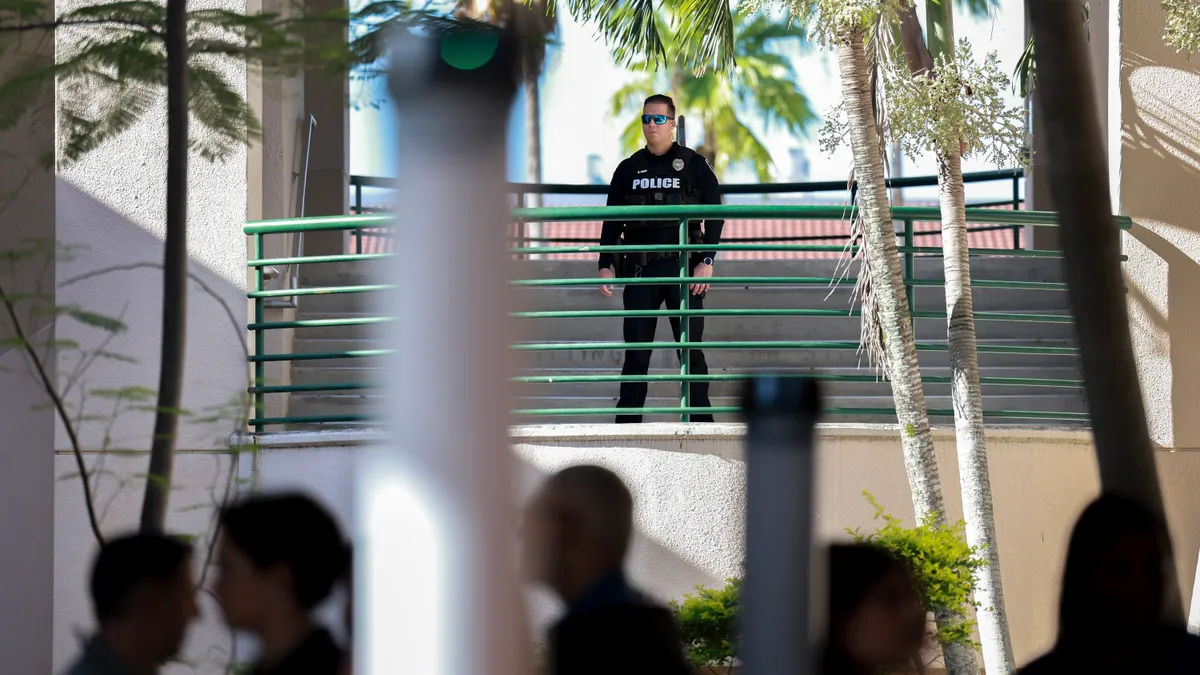A signature feature built into the American Rescue Plan that helps ensure school systems do not disproportionately cut the budgets or staffing of high-poverty and high-need schools is causing confusion, with some saying its implementation is burdensome and unrealistic.
Education stakeholders applaud the intention of the maintenance of equity rule to safeguard the $122 billion relief package from supplanting other revenue sources, a development that could harm historically underserved students the most.
Specifically, the requirement seeks to make sure schools and districts serving large proportions of underserved groups of students — including students from low-income families, students of color, English learners, students with disabilities and students experiencing homelessness — receive an equitable share of state and local funds during the pandemic.
But nearly a year after the U.S. Department of Education first issued guidance around the new provision, school system leaders are seeking more clarity for when and how to apply the requirements, which are only in place for the 2021-22 and 2022-23 school years.
"I do think that there's a lot of apprehension and uncertainty there," said Julia Martin, legislative director at Brustein & Manasevit, a Washington, D.C.-based law firm specializing in education, workforce and grants management.
"Even states don't know what enforcement is supposed to look like," Martin said, adding that the uncertainty can make district budget planning more challenging.
The Ed Department said it is finalizing the maintenance of equity rule, although it has provided different pieces of guidance to states and districts since soon after Congress approved ARP in March 2021.
The department released a maintenance of equity FAQ in June 2021 to help states and districts better understand the new fiscal equity requirement and how it relates to the more familiar maintenance of effort rules for states under Elementary and Secondary School Emergency Relief funding. Those ESSER rules aim to protect relief aid from being used to fill budget holes.
The maintenance of equity FAQ spelled out how to determine if a school is "highest-poverty" and "high-need," how to determine if fiscal equity is being maintained, and additional information about compliance with the requirement.
By fall 2021, the Ed Department sought written comments on a range of maintenance of equity implementation questions. The feedback could help shape future guidance and technical assistance, the department said in an Oct. 5 notice on regulations.gov. Some 38 comments were submitted, according to the website.
In its letter, the Madison Metropolitan School District in Wisconsin asked whether per-pupil spending metrics for the requirement are based on budgeted or expenditure data.
The Oregon Department of Education wrote the requirement will give the state more influence over how districts use funds equitably. But the state office also said the timing and the availability of data present challenges in meeting the requirement, because actual spending data isn’t available for almost two years after the school year begins.
The Alabama Department of Education simply wrote: "This timeline isn't realistic. Also, we don't collect such data, and using the calculations suggested, all LEAs [local education agencies] would be guilty of not meeting" maintenance of equity.
'Mostly moot'
In December 2021, the Ed Department updated the maintenance of equity FAQ with additional information about the circumstances for when districts are exempt from the requirements.
A district could be exempt, for example, if it can prove "exceptional or uncontrollable circumstance[s]." Department guidance said if a district does not have an aggregate reduction in combined state and local per-pupil funding in FY2022, then the district has demonstrated an “exceptional or uncontrollable circumstance.”
There are other cases where school systems can receive exemptions, such as if a district has fewer than 1,000 students, operates a single school or has only one school per grade span. An Ed Department "Dear Colleague" letter from August 2021 said a preliminary analysis indicates around 70% percent of districts "will not be required to implement LEA-level maintenance of equity provisions as a result of these exceptions. It noted these are generally very small districts that collectively enroll about 15% of the nation’s students.
"The way that I look at the requirement now is that it was a helpful — still is a helpful — tool for shaping the narrative."

Ivy Morgan
Associate director for P-12 analytics at The Education Trust
It's been difficult for districts to follow the requirement, because it requires them to ensure a steady per pupil funding level for each of their higher poverty schools, said Marguerite Roza, director of Edunomics Lab at Georgetown University. Typically, districts are providing services at schools, not appropriating funding levels, Roza said.
Accounting delays for actual spending figures also make it challenging for districts to follow the requirement, she said.
"It was never well thought out. The way it was written didn’t work," Roza said. "I think in the end, it's mostly moot."
As districts wait for more guidance, Martin said they are trying to follow the requirement the best they can with the limited information available. "I think that there is a lot of trepidation from states and districts about what the enforcement is going to look like, if anything, but you know, states recognize that this is tricky for everybody because they're in the same position too," she said.
Ivy Morgan, associate director for P-12 analytics at The Education Trust, said her organization has been advocating for meaningful implementation approaches that would not overwhelm school systems.
"Our hope with the ESSER funding that has been distributed so far is that school districts, state leaders really will take this opportunity to think about the ways that we can substantially change the support that we're providing to students, particularly students of color, students from low-income communities, to support them as we're trying to get things back on track," Morgan said.
Earlier in the pandemic, Morgan said, there were concerns that the global health crisis would cause significant budget cuts in state and local funding — and that those cuts would most affect students from low-income communities and students of color.
Even though those fears have not become reality, the maintenance of equity provision is a helpful tool for school systems to put equitable considerations at the forefront of budget decision-making, she said.
"The way that I look at the requirement now is that it was a helpful — still is a helpful — tool for shaping the narrative," Morgan said.






 Dive Awards
Dive Awards













